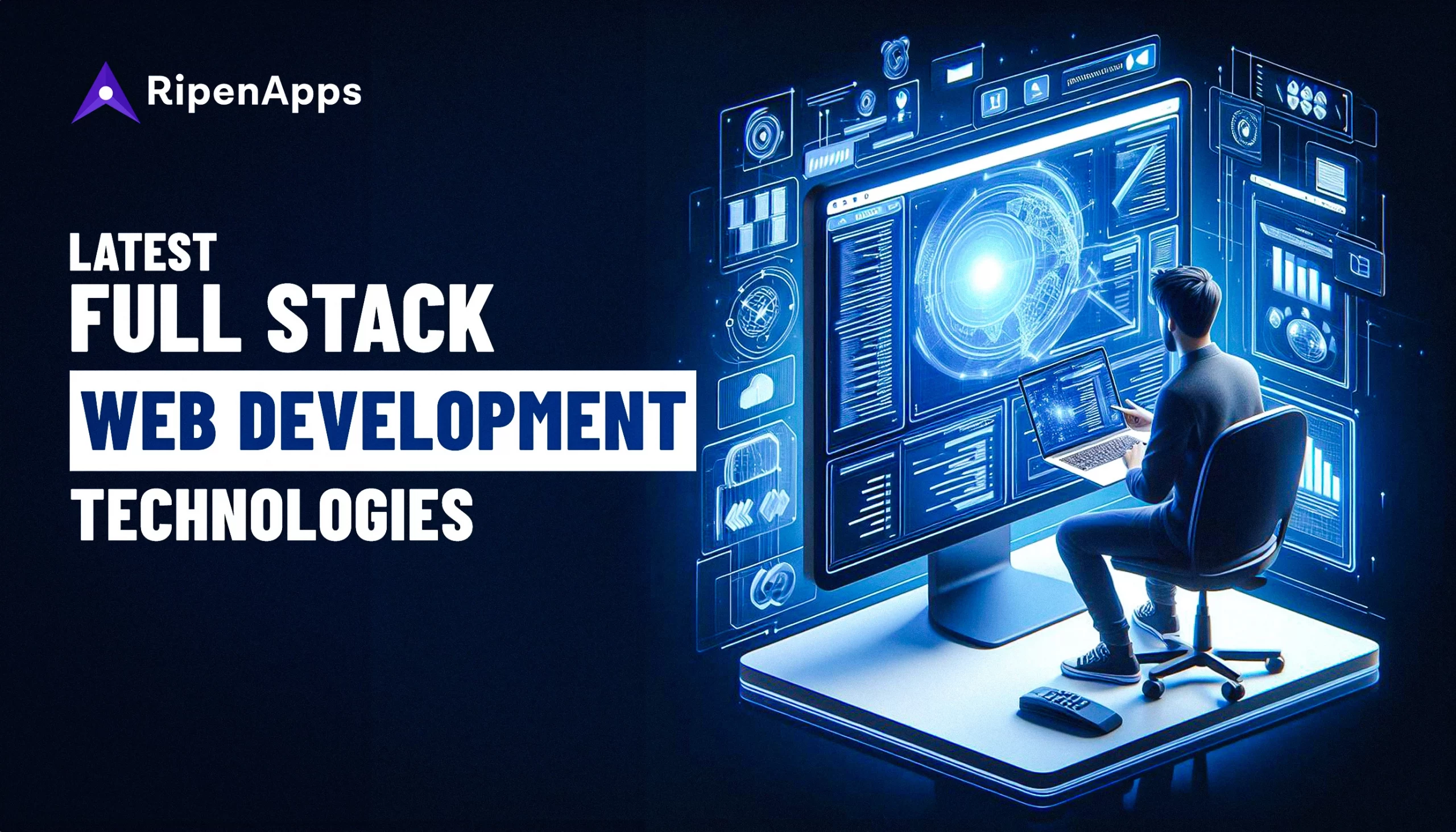Rise by Six: Your Daily Dose of Inspiration
Explore insights and stories that elevate your day.
Full-Stack Development: Where Front Meets End
Unlock the secrets of full-stack development! Discover how front-end flair meets back-end power in our ultimate guide.
Understanding the Role of a Full-Stack Developer: Skills and Tools Needed
A full-stack developer is a versatile professional who possesses the skills to work on both the front-end and back-end of web applications. This role encompasses a broad range of responsibilities, requiring proficiency in multiple programming languages and frameworks. Critical skills include HTML, CSS, JavaScript, and familiarity with frameworks like Angular or React for front-end development. For back-end development, knowledge of server-side languages such as Node.js, Python, or Ruby, along with experience in databases like MySQL or MongoDB, is essential.
In addition to technical skills, a full-stack developer should be familiar with a range of tools that streamline the development process. Version control systems such as Git are crucial for managing code changes, while understanding containerization tools like Docker can enhance deployment efficiency. Familiarity with API development and RESTful services is also important to ensure seamless communication between the front-end and back-end. Ultimately, the blend of these skills and tools equips a full-stack developer to adapt to various project demands and contribute to a cohesive development team.

How Full-Stack Development Bridges the Gap Between Front-End and Back-End
Full-stack development is the practice of working on both the front-end and back-end of a web application. By bridging the gap between these two crucial components, full-stack developers possess a comprehensive understanding of how various technologies interact, enabling them to create seamless user experiences. Front-end development focuses on the user interface and user experience, utilizing languages such as HTML, CSS, and JavaScript. On the other hand, back-end development involves server-side programming, managing databases, and ensuring data integrity, often utilizing languages like Python, Ruby, or PHP. The ability to navigate both realms makes full-stack developers invaluable assets in modern web development.
One of the key benefits of full-stack development is the improved collaboration between teams. By having developers who understand both front-end and back-end processes, communication is streamlined, reducing the likelihood of misunderstandings and inefficiencies. This holistic perspective allows for better problem-solving as full-stack developers can identify issues that may not be immediately evident to specialists locked into one area. Ultimately, this comprehensive skill set enhances project agility, accelerates the development timeline, and contributes to a more cohesive final product.
What are the Key Benefits of Full-Stack Development for Modern Web Applications?
Full-stack development offers a comprehensive approach to building modern web applications by covering both the front-end and back-end aspects of development. One of the key benefits is the seamless integration between the two layers, which ensures efficient communication and data exchange. This holistic perspective enables developers to visualize the complete architecture of an application, leading to better decision-making. Additionally, a full-stack developer possesses a diverse skill set that allows for faster problem-solving and reduces the need for extensive collaboration between specialists, ultimately accelerating the development process.
Another significant advantage of full-stack development is its cost-effectiveness. By having a single developer or a smaller team proficient in both front-end and back-end technologies, organizations can optimize their resources and reduce overhead costs. Furthermore, this versatility enables teams to pivot quickly, adapting to changing project requirements without the need for additional hires. Overall, embracing full-stack development can streamline workflows and enhance productivity, making it a vital choice for modern web applications.